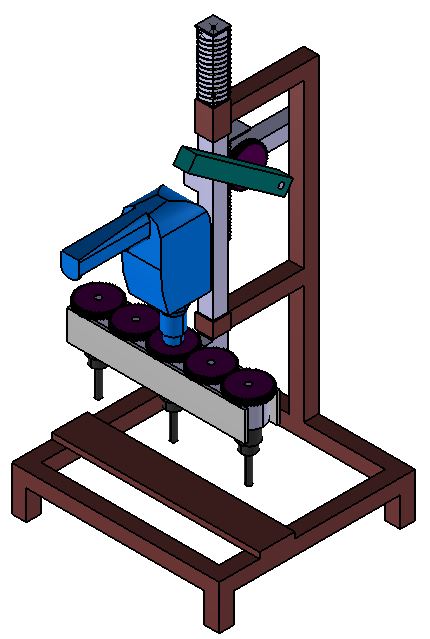Crafting Connections: Mastering the Art of Hand-Driving Screws
2 min read
In the realm of DIY projects or unexpected repairs, the need to secure a screw without the aid of a power drill can often arise. While the power drill is a common go-to tool for this task, mastering the art of hand-driving screws is a valuable skill that every handy individual should possess. In this comprehensive guide, we will delve into the techniques, tools, and tips for achieving a secure and professional screw fastening without the assistance of a drill.
1. Choose the Right Screwdriver: The Foundation of Success
The journey begins with selecting the appropriate screwdriver. Match the screw head type (Phillips, flathead, etc.) with the corresponding screwdriver to ensure a snug fit. A properly fitted screwdriver minimizes the risk of stripping the screw head and ensures efficient force transfer during the driving process.
2. Prepping the Work Surface: Setting the Stage for Success
Before driving a screw by hand, it's essential to prepare the work surface. Create a pilot hole using a small drill bit or an awl. This preliminary step eases the screw's entry into the material and reduces the likelihood of splitting wood or causing damage to other surfaces.
3. Understand the Grip: Maximizing Torque with Precision
Achieving the right grip on the screwdriver is crucial for maximizing torque. Place your dominant hand on the handle, applying downward pressure while turning. Use your non-dominant hand to guide and stabilize the screwdriver. Maintaining a firm and controlled grip enhances precision and reduces the chances of slippage.
4. Slow and Steady Wins the Race: Patience in Action
Hand-driving screws requires patience. Apply steady and consistent pressure while turning the screwdriver in a clockwise direction. Avoid excessive force, as this may lead to over-tightening or, in worst cases, damaging the screw or work material. Slow and deliberate movements ensure a secure and controlled fastening.
5. Countersinking for a Professional Finish: Going the Extra Mile
To achieve a polished and professional finish, consider countersinking the screw. Use a countersink bit or a larger drill bit to create a shallow indentation around the screw hole. This technique allows the screw head to sit flush with the surface, enhancing both aesthetics and functionality.
6. When to Turn to Manual Screwdrivers: A Versatile Approach
While manual screwdrivers are the primary choice for hand-driving screws, they come in various designs, including ratcheting and push-type screwdrivers. Understanding the unique features of each type empowers you to choose the most suitable tool for the task at hand.
Conclusion: Elevating Your DIY Mastery Through Hand-Driving Expertise
In the absence of a power drill, the art of hand-driving screws emerges as a skill that combines precision, technique, and the right tools. Whether you're a seasoned DIY enthusiast or a novice homeowner, mastering this fundamental skill ensures that you can confidently tackle projects with or without power tools. As you embark on your next endeavor, embrace the connection between hand and tool, transforming every turn into a testament of craftsmanship.
